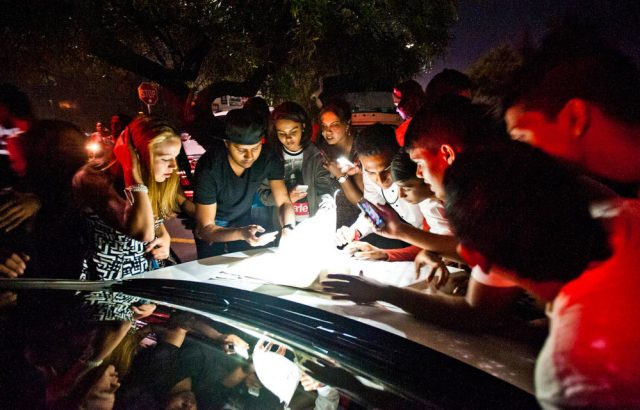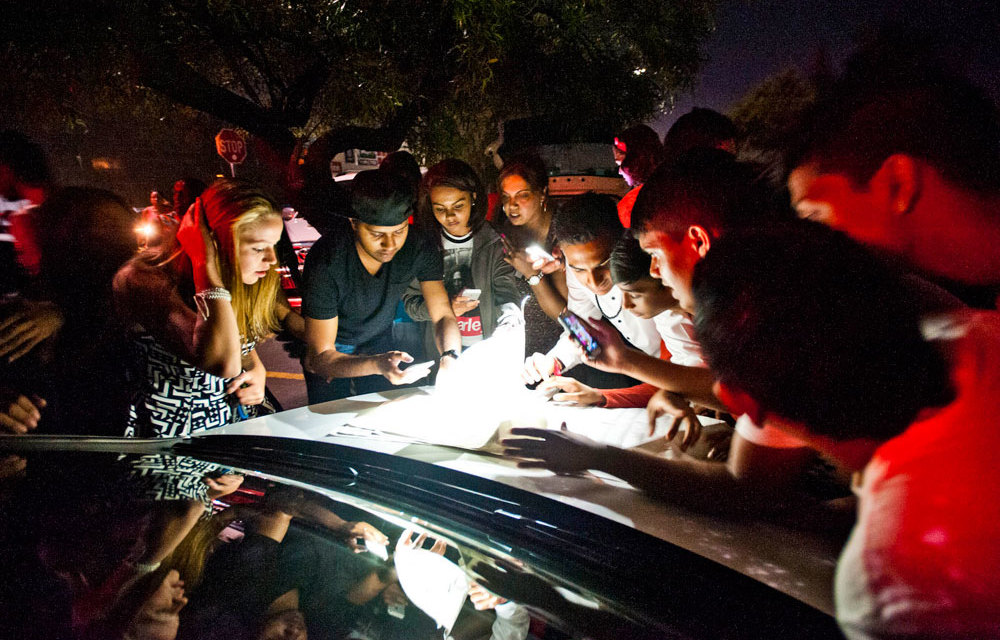

As another academic year dawns and the nation waits for the 2023 matric results it must be said that bringing yet another academic year to a close is no mean feat, especially given the very real challenges within our education system.
While the much-awaited results are important to the Class of 2023, their families, teachers and many other entities that support learners, I must caution against my observed placement of most if not all our eggs, in the matric basket, as our basic education system performance indicator.
Like the many other matric results previously reported, the results are not necessarily a true reflection of what the Class of 2023 is capable of achieving. This is no criticism of the Class of 2023 but rather a painful acknowledgment that a basic education system so seriously challenged is an imperfect platform upon which our true learners’ potential can be nurtured, finessed and be fully realised.
Just look at the results of the Class of 2022 as an example. An 80% pass rate, up from 76% in 2021 was widely reported and accepted. Many celebrated this to be a significant achievement. However, in being overly excited by this 80% matric pass rate, we fail to acknowledge and push for the urgent correction of the following picture as presented in the National Senior Certificate (NSC) Examination Report 2022:
- There were still learners who obtained between 30% and 40% in some of their subjects.
- Of the 725 146 full time candidates who wrote matric in 2022, only 269 734 wrote pure maths and only 59 450 (22%) of those candidates who wrote maths obtained 50% and above. The picture although slightly better in science, it is still similar in that only 209 004 wrote science in matric with only 63 457 (30%) achieved 50% and above.
- In terms of the 60% threshold, the number of learners achieving 60% in mathematics was 12,5% and 16,7% in physical sciences.
- The number of learners achieving above 80% (distinctions) in mathematics in 2022 was 2,7% and 3,1% in physical sciences nationally.
- Only 278,814 matric learners received bachelor passes — 38% of the total number of candidates who wrote the 2022 NSC examinations.
This picture, even with the acknowledged 80% overall pass rate, is not something to be wholly celebrated as an indicator of the health and strength of our basic education system.
The fact that obtaining between 30% and 40% in some subjects still counts as a pass should not sit comfortably. Even more worrisome is the poor uptake and performance in the so-called gateway subjects, maths and science. The below 40% bachelor pass rate just seals the picture of a poorly performing education system.
A picture like this in 2023 almost three decades after the dawn of our democracy, cannot be acceptable — more so because behind each of these numbers are people, families and communities for whom the much-needed change towards an improved quality of life is not happening fast enough, if at all.
While I do not take away from the hard work of the Class of 2023 and all those who were not just their cheerleaders but also sacrificed blood, sweat and tears, sadly, I do not expect the picture and associated trend that has emerged to look majorly different.
Our basic education system is seriously challenged and has been so for way too long. If we are to meaningfully change this picture, we must acknowledge and be more deliberate in addressing some key challenges including:
- Facilitation of access to education is not enough. Quality, depth and retention of learners has to accompany this access. The high number of dropouts annually together with qualifying pass rates I have no doubt exacerbates the number of our youth in this country who are not engaged in education, employment and training annually. The psychological and economic consequences of what I see as an “own goal” will leave a lot to be desired over time.
- Poverty and inequality in our society are horrible facts of life that can’t be ignored but a reality that we should work within and around. The fact that 501 758 of the 725 146 candidates that wrote matric in 2022 were from no-fee paying schools, is a harsh reality but we can’t, knowing where we come from as a nation, be surprised by it. Instead, we need to work with it, always factor it into our solution-focused strategies and interventions. It cannot be a crutch every time we perform poorly. There are other countries working within similar poverty-laden contexts that are showing amazing signs of progress.
- A 2020 report by Amnesty International indicates that South Africa’s education system is not only broken but perpetuates poverty and inequality. Surely it can’t be right that the education system, the very tool that should be leveraged to address poverty and inequality levels, instead exacerbates them.
- The lack of a standardised national examination like the one in matric for lower grades often lets non-performing primary schools, teachers and principals easily off the hook. This view further cements my argument that we can’t use matric as the only test of how healthy our education system is — as costly and “seriously exposing” as this might be to the realities of how badly the lower grades really perform, it is necessary. The cumulative effect of poor performance in the lower grades is partly what leads to the poor quality of passes and overall performance in matric over time.
- The lack of discipline in some of our schools across the country needs to be addressed. Learners loitering around school grounds at a time meant for classes or being rowdy and disruptive is unacceptable. I witnessed some learners even leaving school earlier than scheduled while others showed tendencies of being disrespectful and violent towards not only fellow learners, but teachers as well.
- Covid-induced loss of teaching and learning time has exacerbated age-old challenges of what I call learning deficits where learners arrive in matric not able to read for meaning, and a grade 9 learner’s maths knowledge and understanding equivalent to that of a grade 6. Yes, Covid had an impact, no doubt, but the existing realities must be acknowledged — our basic education system has always had major performance shortfalls cumulatively compromising learners’ ability to produce results truly reflective of their potential.
- Inadequately qualified maths and science teachers further exacerbated by an ageing teacher population is also a worrisome factor that will continue to be a threat to not only our performance in gateway subjects, but the quality of our overall matric pass rate.
If our basic education system is to produce results reflective of South African children’s true potential, then we can’t continue to look past its challenges, but we should deliberately encourage and support the many impactful interventions put in place to give our children a better chance at life in the future.
Setlogane Manchidi is the head of CSI at Investec.
It’s a waiting game for 2023 matric results within a seriously challenged education system




